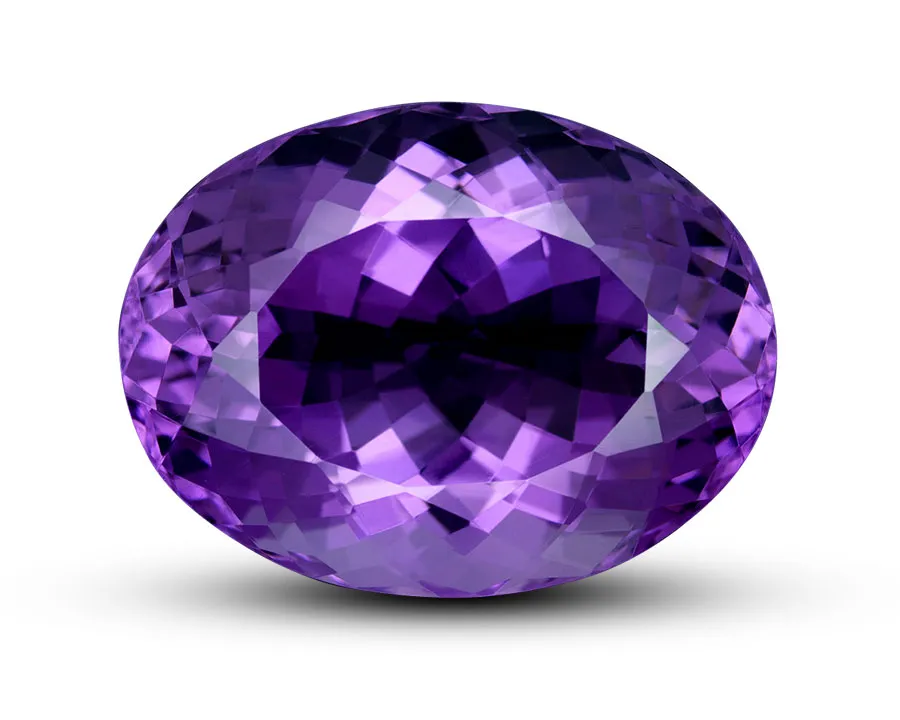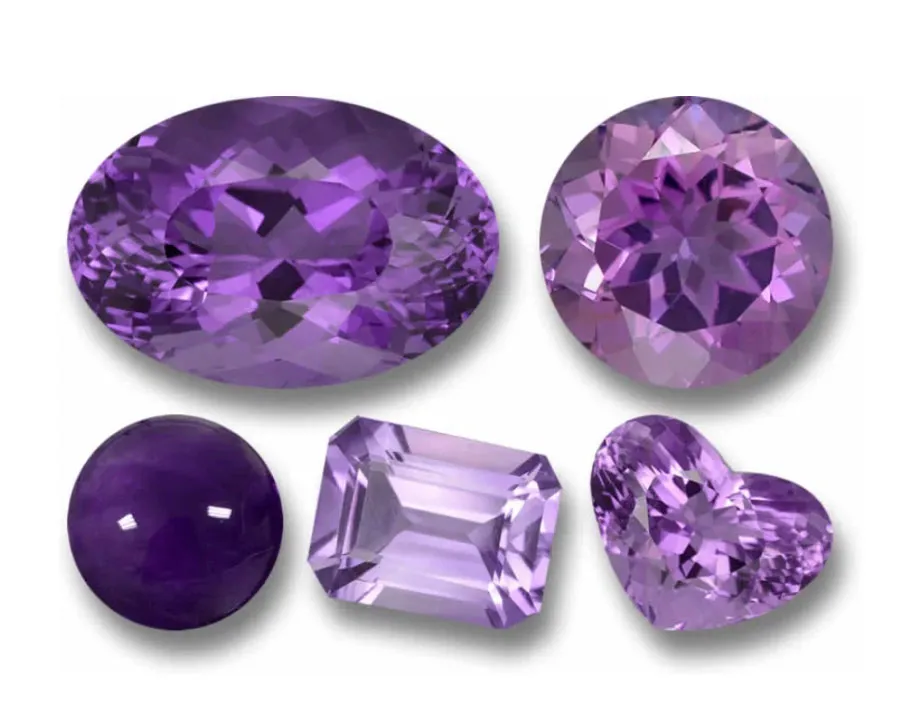February Birthstone
In the world of gemstones, each month is associated with a specific birthstone, believed to bring luck, protection, and other significant benefits to those born during that time. February, the second month of the year, is adorned with the captivating and enigmatic gemstone known as amethyst. With its rich history, stunning appearance, and metaphysical properties, the amethyst has long been cherished and celebrated as a symbol of spirituality and tranquility.

History of amethyst
Amethyst, the radiant purple gemstone, has captivated human fascination for centuries. With its rich hues and mystic allure, this gemstone has adorned royalty, inspired legends, and held significant cultural and spiritual importance throughout history.
The story of amethyst begins in ancient times. The name "amethyst" comes from the Greek word "amethystos," meaning "not intoxicated." The ancient Greeks believed that wearing amethyst jewelry could protect them from drunkenness, making it a popular gemstone among wine enthusiasts and as a symbol of sobriety.
Characteristics and Colors
Amethyst is a variety of quartz, a mineral composed of silicon dioxide, and is distinguished by its striking violet to purple hues. The color intensity can vary from pale lavender to a deep, rich purple, with the most prized specimens displaying a regal shade of royal purple. The stone's color is influenced by trace elements of iron within the quartz crystal lattice.

Symbolism and Spiritual Significance
Throughout history, the amethyst has been associated with various meanings and attributes. It has been regarded as a symbol of wisdom, spiritual growth, and protection against negative energies. Some ancient cultures believed that the stone could enhance intuition and promote clarity of thought. Amethyst is often used in meditation practices as it is believed to stimulate the third eye chakra, fostering a deeper connection to one's inner self and higher consciousness.
Modern-Day Uses
In contemporary times, amethyst continues to be cherished for its beauty and spiritual significance. Many people wear amethyst jewelry, such as necklaces, rings, and bracelets, not only for its aesthetic appeal but also to experience its alleged metaphysical properties. The gemstone is a popular choice for engagement rings and other meaningful gifts due to its association with love and devotion.

Caring for Amethyst
Amethyst is a durable gemstone with a hardness of 7 on the Mohs scale. However, it is still susceptible to scratches and chips, so proper care is essential. Avoid exposing amethyst jewelry to harsh chemicals or extreme temperatures, as it can affect the stone's color and clarity. Regular cleaning with mild soap and water, followed by gentle wiping with a soft cloth, will help maintain its brilliance.
As February's birthstone, the amethyst continues to fascinate and captivate admirers around the world. Its unique history, mesmerizing colors, and spiritual symbolism have secured its place as one of the most beloved gemstones throughout human civilization. Whether worn as a birthstone, cherished for its alleged metaphysical properties, or simply admired for its beauty, the amethyst remains a timeless and cherished gemstone that never fails to leave an enduring impression.
























































